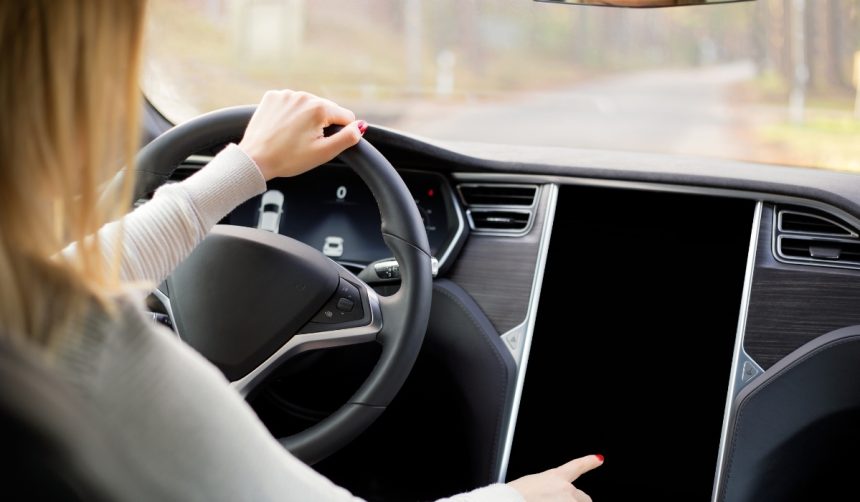Hyundai has introduced the 2025 IONIQ 5, which will be the first non-Tesla electric vehicle (EV) to feature the North American Charging Standard (NACS) inlet. This move enables drivers to connect directly to Tesla Superchargers without needing an adapter, simplifying the charging process. Hyundai’s decision to adopt the NACS inlet reflects a broader trend among automakers aiming to leverage Tesla’s extensive Supercharger network. Alongside the NACS port, the 2025 IONIQ 5 also includes a Combined Charging System (CCS) adapter to ensure compatibility with other charging networks. The vehicle will be available later this year, offering enhanced convenience for EV owners.
Previous reports indicate that several automakers are considering making similar transitions to the NACS port. The main motivation is the widespread availability and reliability of Tesla’s Supercharger network, which is recognized as the most robust in the U.S. and globally. By integrating the NACS inlet, Hyundai aims to double the fast-charging options for its customers, addressing one of the significant challenges in EV adoption: accessible and efficient charging infrastructure.
Launch Details and Customer Benefits
Hyundai announced the IONIQ 5’s launch today, emphasizing the benefits of the NACS port. This feature will open access to over 17,000 Tesla Superchargers, significantly expanding the fast-charging network available to IONIQ 5 users. José Muñoz, president and global COO of Hyundai Motor Company, stated:
“We’re continuing to give customers more of what they want by expanding the IONIQ 5 lineup with a dedicated off-road-capable XRT model, NACS port, design upgrades and a long list of features developed with customers in mind.”
The IONIQ 5 models sold from the fourth quarter of 2024 will exclusively feature the NACS port, marking a shift in Hyundai’s strategy to align with industry trends.
Technical and Design Enhancements
The 2025 Hyundai IONIQ 5 will also come with several new features, including a larger battery and increased range. The vehicle’s interior will see updates such as redesigned HVAC controls, a new center console with physical heated front seat controls, and a fresh steering wheel design. Exterior modifications include restyled front and rear bumpers, a new rear spoiler, more aerodynamic wheels, and available flush-type roof side rails.
Trim levels will vary, offering options like the Limited, SE, SEL, and XRT for All-Wheel-Drive vehicles, as well as SE, SEL, Limited, and SE Standard Range for Rear-Wheel-Drive models. These changes underscore Hyundai’s efforts to enhance both the aesthetic appeal and functional capabilities of the IONIQ 5.
The decision to integrate the NACS inlet into the IONIQ 5 marks a significant step for Hyundai, reflecting the broader industry trend of adopting more versatile and customer-friendly charging solutions. This move is expected to positively impact consumer choice, providing greater flexibility and convenience for EV owners. Industry experts view this as a strategic alignment with consumer preferences and technological advancements, likely influencing other manufacturers to follow suit.










